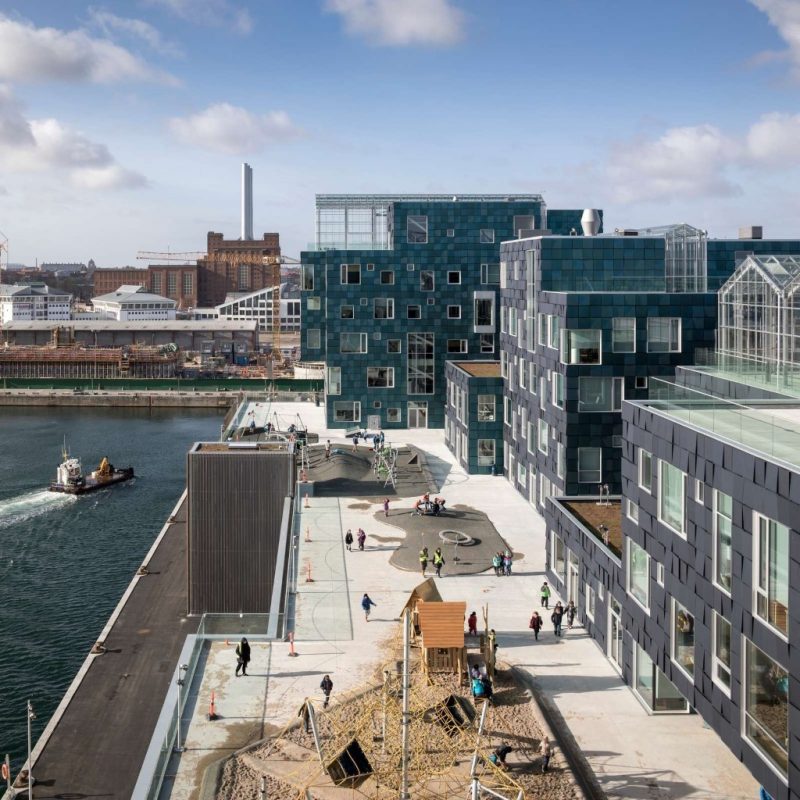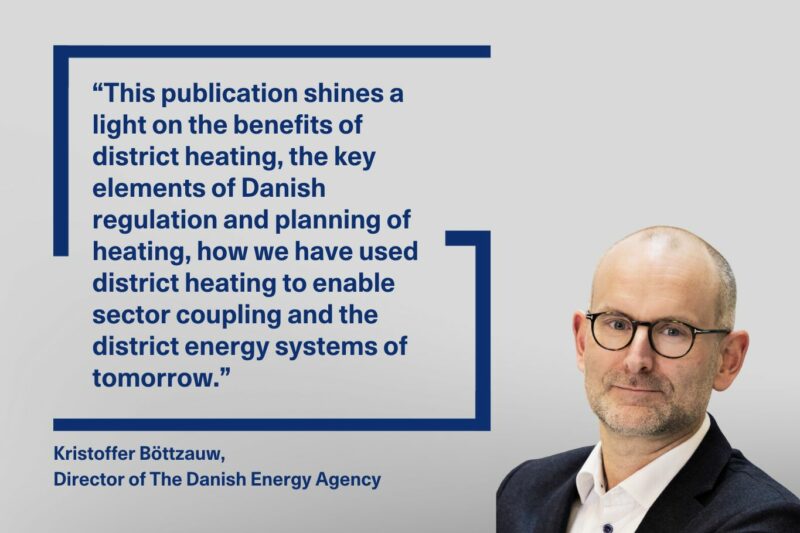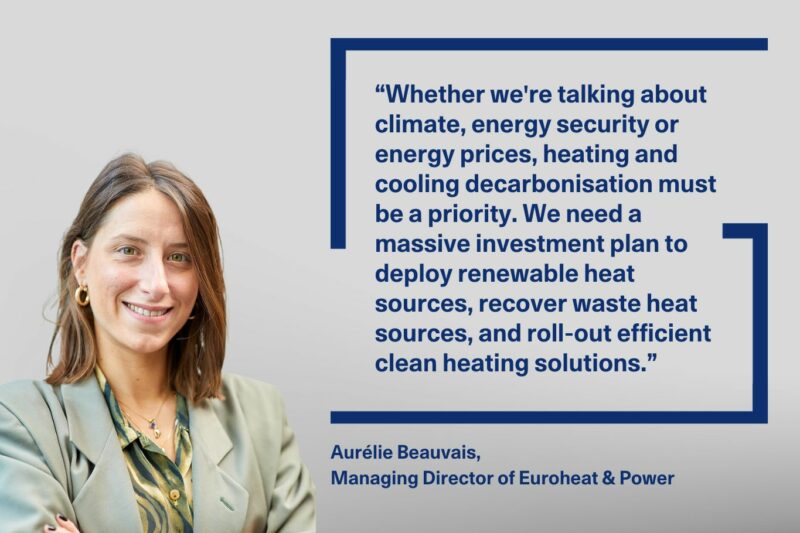News
Energy efficiency in buildings
Smart buildings
Smart grid
Europe Saves More Energy


The global reduction in energy intensity is, among others, a result of substantial energy efficiency initiatives within the building and transportation sectors. According to the IEA, global investments for energy efficiency in buildings in 2014 was around EUR 80.4 billion (DKK 600 billion).
“As demand for energy increases across the world, so does demand for energy-efficient solutions. Since the oil crises in the 70ies, Denmark has worked with energy efficiency measures, and we reap the benefits of this today because Denmark can export solutions within isolation, thermostats and other energy-efficient technologies to the rest of the world. But we must be aware that the low hanging-fruits have been picked in some countries, so when looking ahead innovation will take center stage,” says Jørgen Skovmose Madsen, Director of European Affairs at the Danish Energy Association.
According to the IEA, OECD countries have managed to decouple GDP growth from energy consumption during the past 15 years. This means that OECD countries today produce 26% more than they did in year 2000, without having raised their energy consumption. This not only benefits the climate and the consumers but is also particularly good for competitiveness.
“It demonstrates that there is no contradiction between sustainability and competitiveness. It makes good economic sense to focus on energy efficiency, and will be a significant competitive factor of tomorrow," says Jørgen Skovmose Madsen.
Energy efficiency is one the main pillars in the European Commission’s gambit for an energy union. Subsequently, Miguel Arias Cañete, European Commissioner for Climate Action and Energy, uses his personal motto “Energy efficiency first” in responding to where we will get our energy from in the future. This point was repeated during the G-20 summit for energy ministers on October 1, 2015 upon encouraging more global cooperation and knowledge-sharing in order to progress a global energy efficiency plan. The European OECD-countries have in total reduced their energy intensity by 5.5%.
White Paper on Smart Buildings
In collaboration with the Danish Energy Association, the Danish Energy Industries Federation and the Danish Energy Agency, State of Green has recently published the new white paper 'Smart Buildings: Combining energy efficiency, flexibility and comfort'. The publication offers a selection of examples and opinions, each demonstrating opportunities and lessons learned from different stakeholders across the Danish smart buildings industry, supported by state-of-the-art case examples from across the world.
Download the white paper publication
The aim of this white paper is to share best practice on smart buildings that offer more flexibility, comfort and energy efficiency. Through several state-of-the-art case examples, the white paper illustrates the potentials and lessons learned on how to maximise the outcome of implementing smart systems in buildings through innovative architecture, construction, technology, management and user-behaviour.
The white paper is a tool for inspiration to spot the potential and promote or implement building automation and energy-efficient measures in new and existing buildings globally. The potential of smart buildings extend beyond the buildings themselves when they play their role as flexible components in a diverse energy system that offers still larger amounts of fluctuating energy sources. The cases presented in the new publication are examples of buildings that hold the potential needed for energy efficiency and flexibility to be integrated in the intelligent energy system of tomorrow.
Endorsed by Danish minster and European commissioner
The publication was warmly welcomed by the Danish minister of Energy, Utilities and Climate, Lars Chr. Lilleholt, who also visited the nordic pavilion at the international event World Efficiency in Paris.
"Smart buildings can increase efficiency and reliability in the overall energy system, storing energy when it is abundant, and then releasing it and shutting down non-essential consumption when demand is high. Obviously, this can reduce peak loads, the need for generation capacity and the risk of blackouts. This may be worthwhile in any energy system," the minister states in the white paper.
Also, the Vice President of the European Commission for the Energy Union, Maroš Šefcovic acknowledges the importance of buildings as part of the green transition:
"The solutions you have highlighted manifests, once again, that energy efficiency provides Europe’s industry with an unparalleled business opportunity. I have often said that the Energy Union was a triple-win Strategy, benefiting the economy, society, and the environment. In your work – you exemplify that! I therefore encourage you to continue. I have no doubt that together we can make Europe the most energy-efficient continent."
Source: The Danish Energy Association
You should consider reading
solutions
Energy efficiency in buildings
+2
Greening the UN one building at a time
20 November 2024publications
Combined heat and power production
+9















